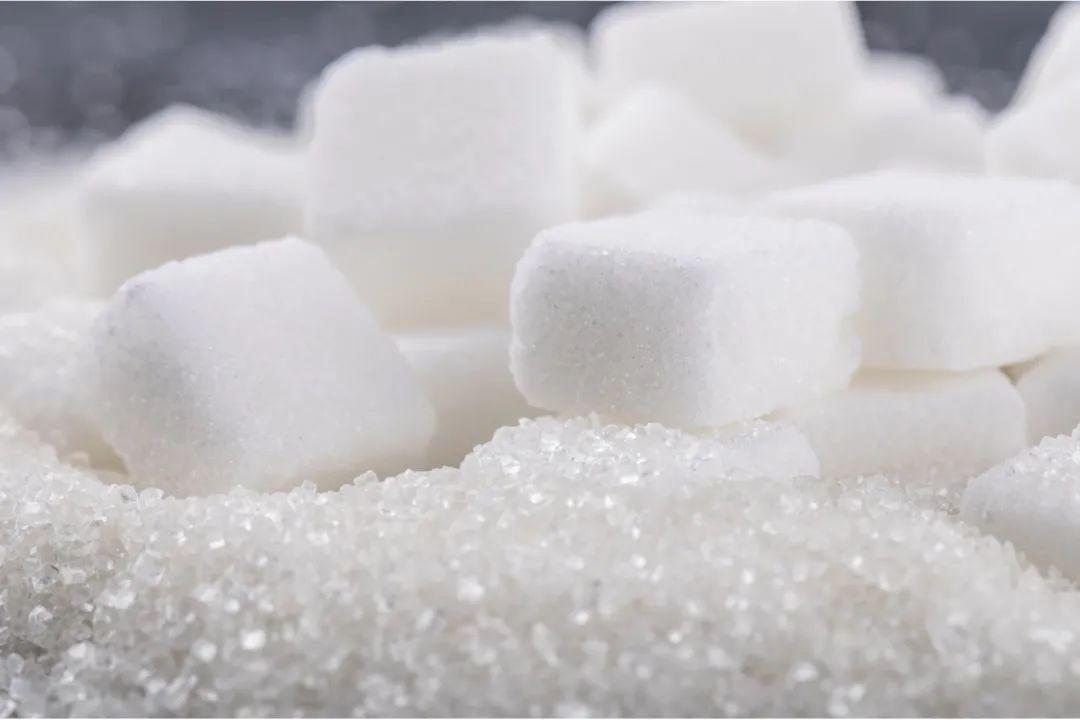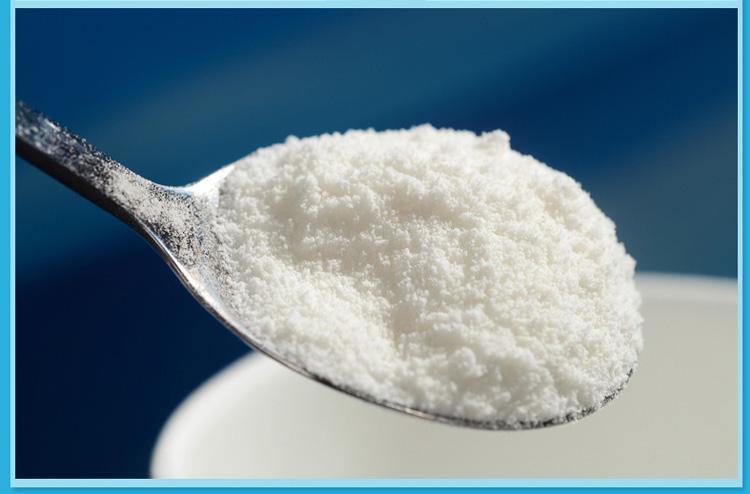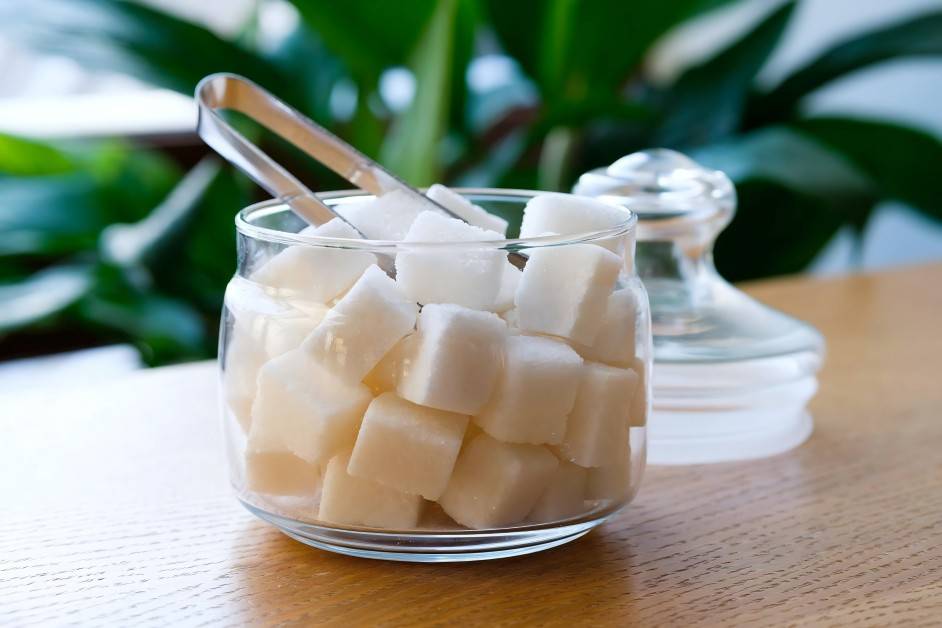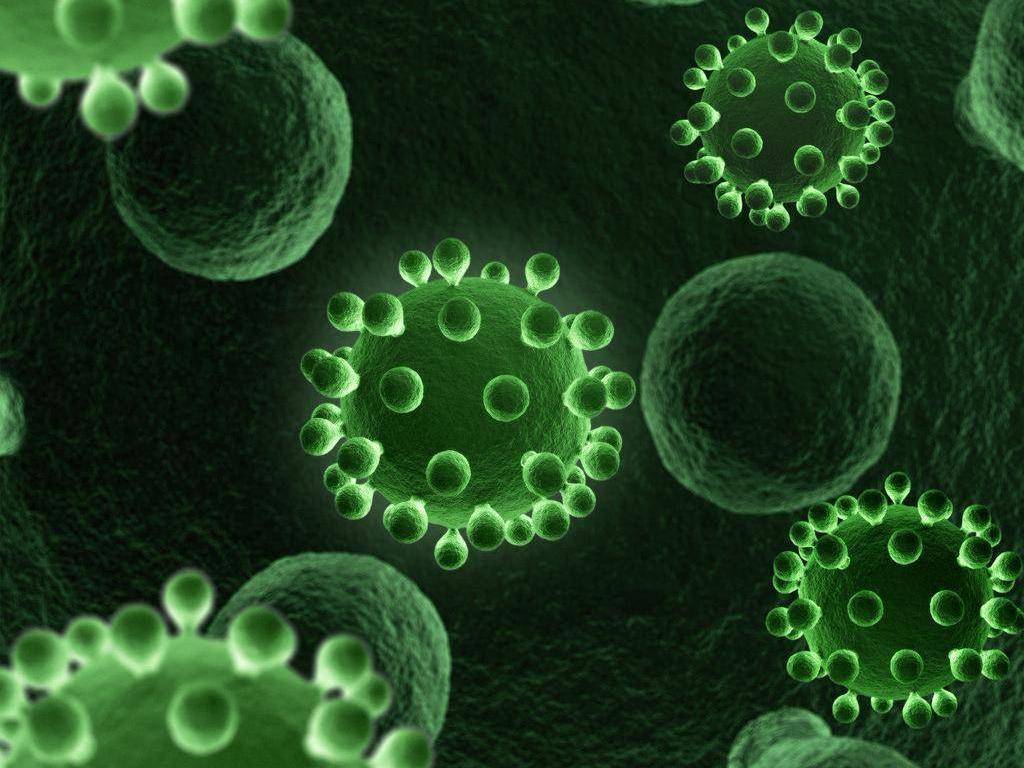What Is Allulose Powder?
Over the past few years, the incidence of diseases related to weight gain, such as obesity, diabetes, hypertension and hyperlipidemia, has increased rapidly worldwide, mainly due to excessive intake of high-fat and high-sugar foods. In this context, the development of a natural, low-calorie sugar substitute with a good taste has become a hot topic. D-Allulose is a new type of low-calorie functional rare sugar, which is converted from fructose and has similar taste and volume characteristics to sucrose. It has broad application prospects. This review summarizes the biochemical properties, synthesis methods and applications of allulose discovered in recent years.
1. Physicochemical properties of D-allulose
D-Allulose is the diastereoisomer of D-fructose at the C-3 position. The International Union of Pure and Applied Chemistry (IUPAC) systematically names it D-ribo-2-hexulose. D-Allulose was first isolated from the antibiotic allopurinol, also known as psicomycin C (psico furanine]. In 2014, the International Rare Sugar Conference held in Japan officially corrected the conventional name of D-allulose from D-psicose to D-allulose [2].
D-Allulose is a white powdery crystal with no particular smell, and it crystallizes only in the 1C (1C4(D)) conformation of β-D-pyranose [3]. Its molecular formula is C6H12O6, its molar mass is 180.165 g/mol, and its CAS number is 551-68-8. D-Allulose is a reducing hexose that can undergo the Maillard reaction. It also has a high melting point (109°C), boiling point (551.7± 50.0°C), is not hygroscopic, and is highly soluble in water. It also has a high sweetness (70% of sucrose sweetness) [4] and a low energy value (0.4 kcal/g) [5].
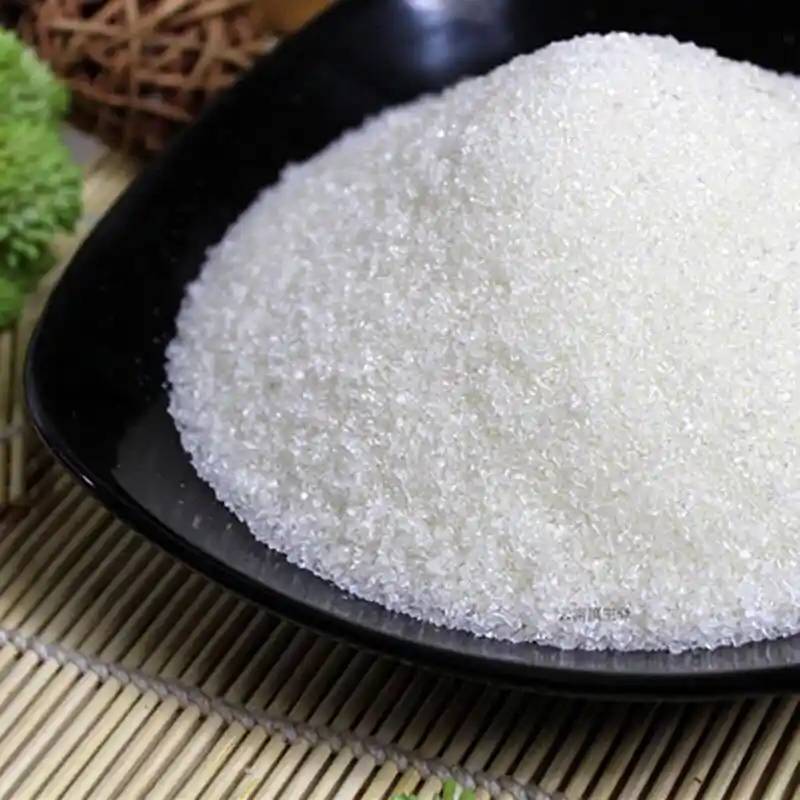
2. Research progress in the synthesis and production of D-allulose
D-Allulose is a rare sugar belonging to the hexose class. It is extremely rare in nature, and has only been found in a small number of plants (wheat and rhubarb) and specific bacteria. It is not found in animals [6]. It is mainly synthesized by chemical synthesis and biotransformation.
2.1 Chemical synthesis
The original chemical synthesis method for D-allulose included a ring-closing synthesis method [7], a selective aldol condensation synthesis method [8], etc. Subsequent developments include catalytic hydrogenation, addition reaction, Ferrier rearrangement, etc. [9]. Fang Zhijie et al. [10] first used the reaction of a sugar acid lactone with diiodomethane to obtain 1-deoxyiodo-D-erythro-pentitol, and then carried out a hydrolysis reaction under alkaline conditions to obtain a ketose intermediate. After selective protection and deprotection of the hydroxyl group, D-allulose was synthesized. Wang Chengfu et al. [11] used glucose as a raw material, molybdate as a catalyst, and reacted at 80-120°C for 2-5 hours to catalyze the production of D-allulose products with a content of 98.5%-99.5%. Zhu Ji [12] used D-fructose as a raw material and designed a synthesis of β-D-allopyranose derivatives through processes such as the protection and deprotection of the hydroxyl group of sugar compounds with isopropylidene and benzyl groups. The yield of D-allulose prepared using this chemical method is only 9.8% under optimal conditions.
Although D-allulose can be prepared by chemical synthesis, it has problems such as poor economy, serious environmental pollution, easy production of chemical waste, and generation of worthless by-products. Therefore, the chemical synthesis of D-allulose has not been industrialized.
2.2 Bioconversion method
Compared with chemical synthesis, the biotransformation method for synthesizing D-allulose not only has strong reaction specificity and a single product, but also has a simple separation and purification method and causes less environmental pollution. The biotransformation method not only helps to reduce industrial costs, but also conforms to the principle of environmentally friendly production. It is the main method for the industrial production of D-allulose at home and abroad.
2.2.1 Strains and enzymes
The most commonly used bacteria for the bioconversion of D-allulose are Bacillus subtilis and Corynebacterium glutamicum, which are both approved food grade hosts. These bacteria do not produce endotoxins, are non-pathogenic and safe for food. They also have the advantages of simple culture conditions, short growth cycles and efficient secretion of target and is an excellent host for food enzyme expression.
The important biocatalyst for the biological production of D-allulose is the ketose 3-epimerase, which can use D-fructose as a substrate to catalyze the reversible epimerization reaction at the C-3 position to synthesize the product D-allulose. At present, 17 ketose 3-epimerases have been identified in a wide range of microorganisms, of which three are D-tagatose 3-epimerases (DTE), and the rest are from Agrobacterium tumefaciens, Clostridium cellulolyticum H 10), Clostridium sp., Ruminococcus sp., Favonifractor plautii, etc. [13]. In 2018 In 2018, Yang J G et al. [14] also identified DPE from Arthrobacter globiformis (Senegal) and expressed it in the food-grade expression system of Bacillus glutamicum.
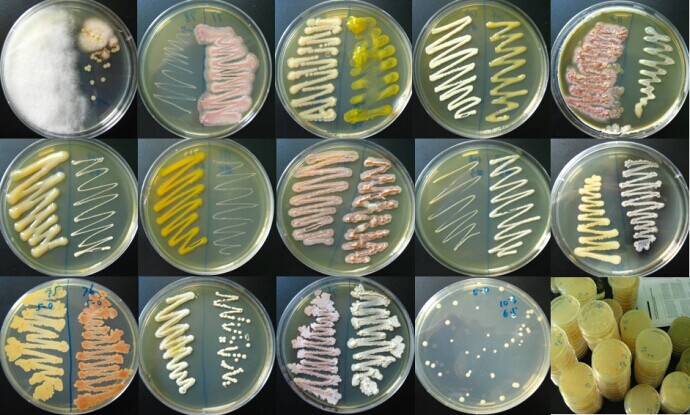
At present, most of the enzymes used in the industrial production of D-allulose by biological methods are D-allulose 3-epimerase, which was first discovered in 2006 by the research team of Deok-Kun Oh from Seoul National University in South Korea. It is derived from Agrobacterium tumefaciens ATCC 33970 and is named DPE [15]. Subsequently, the team used E. coli to express DPE, using fructose as the substrate, and achieved a conversion rate of 32.9%. However, it was also found that the enzyme had a short half-life. In 2011, the team used error-prone PCR technology to construct a double mutant strain of DPE (I33L-S213C), which increased its half-life by 29.9 times [16].
2.2.2 Research progress at home and abroad
CJ CheilJedang Corporation in South Korea, Matsutani Chemical Industry Co., Ltd. in Japan, and Tate & Lyle PLC in the UK are the three most representative foreign manufacturers of D-allulose. All three use fructose as a substrate and express D-allulose 3-epimerase using recombinant strains to industrially produce D-allulose. The highest reported production rate of D-allulose is 345 g/(L·h), which was the result of Park et al. [17] using D-fructose as a substrate and expressing DPE heterogeneously in a recombinant mutant E. coli strain for conversion, with a conversion rate of 33% (w/w). Subsequently, many scholars have conducted in-depth research on improving the conversion rate of D-allulose. In 2008, Kim et al. from Sejong University in South Korea [18] found that borate salts can promote the gradual shift of the diastereoisomerization reaction equilibrium towards D-allulose, and that the maximum conversion rate is achieved when the molar ratio of borate salt to D-fructose reaches 0.6. In July 2015, South Korea's CJ CheilJedang Corporation successfully screened for a highly efficient D -allulose 3-epimerase, which can be used to catalyze the production of D-allulose from fructose, with a total conversion rate of up to 85%.
Compared with foreign countries, research on D-allulose in China is relatively backward. Initially, Jiangnan University obtained a rhodococcus-like bacterium that could synthesize DTE through screening. This enzyme catalyzes the synthesis of D-allulose from D-fructose, with a conversion rate of up to 6.54% [19]. Jia Min et al. [20] transferred C. bolteae DPE into B. subtilis WB800 competent cells, achieving the first expression of DPE in the food-grade host Bacillus subtilis and broadening the expression system for D-allulose. Subsequently, the Tianjin Institute of Industrial Biotechnology extracted DPE from Clostridium species and expressed it in Bacillus subtilis to synthesize D-allulose at a reaction temperature of 50°C and a substrate concentration of 500 g/L, with a conversion rate of 24.83% [21]. In 2019, the Shaanxi Institute of Bioagriculture prepared prepared DTE-modified functional polyhydroxyalkanoic acid (PHA) nanobeads in recombinant endotoxin-free Escherichia coli, effectively combining the expression, purification and immobilization of active DTE into one step. Under the conditions of pH 7.0 and 65 °C, the immobilized DTE had an enzyme activity of 649.3 U/g, and the conversion rate could reach up to 33% in 3 h. It also has extremely high stability, which improves the cost effectiveness [13].
3. Functions and application fields of D-allulose
3.1. Functions of D-allulose
3.1.1. Low calorie
D-allulose is a new functional factor with a high sweetness that has only 10% of the calorie value of sucrose. It does not cause blood glucose to rise and is a good functional sweetener.
3.1.2. Low metabolic rate
The metabolism of allulose in the human body is significantly different from that of other rare sugars. Iida et al. [22] found that after 8 subjects had consumed allulose for 3 hours, there was no increase in carbohydrate energy consumption, and the urinary excretion rate reached 70%. This indicates that after D-allulose is absorbed by the body in the small intestine, it cannot be metabolized to produce energy. At the same time, the part that is not absorbed enters the large intestine and is hardly fermented by intestinal flora. The reason for this difference may be due to the different conformations and conformations of various rare sugars, resulting in different rates of enzyme-catalyzed reactions.
3.1.3 Neuroprotective effect
Oxidative stress is a major factor in the development of neurodegenerative diseases. Murata et al. [23] found that D-allulose has a strong inhibitory effect on ROS produced by stimulated neutrophils. Takata et al. [24] showed in vitro that D-allulose has a significant protective effect on 6-hydroxydopamine (6-OHDA)-induced PC12 cell apoptosis. It can upregulate the concentration of intracellular reduced glutathione, thereby treating neurodegenerative diseases. It can be seen that D-allulose has the function of scavenging active oxygen and inhibiting the synthesis of active oxygen in the body, and it plays a role similar to that of a neuroprotective agent in the body.
3.1.4 Hypoglycemic
Matsuo et al. [25] found in an animal experiment that the plasma glucose level of rats in the D-allulose supplement group was lower than that in the fructose supplement group. After 8 weeks of feeding, the weight gain in the D-allulose supplement group was significantly lower than that in the fructose supplement group, indicating that supplementing with D-allulose can lower plasma glucose levels and reduce the accumulation of body fat. Hayashi et al. [26] found in a clinical trial that the addition of D-allulose not only reduced postprandial blood glucose levels, but also improved insulin sensitivity and glucose tolerance.

3.1.5 Lipid-lowering effect
Numerous studies have shown that D-allulose has an inhibitory effect on the accumulation of body fat. Ochiai et al. [27] studied the lipid-lowering effect of D-allulose on rats fed a high-sugar diet and found that after being fed D-allulose, the activity of lipase in the rats increased significantly, while the levels of glucose, leptin and adiponectin in the blood decreased significantly. Matsuo et al. [28 fed D-allulose for 28 days had significantly less abdominal fat tissue than the fructose-fed group. It was also found that the activity of liver lipogenic enzymes was significantly reduced, indicating that supplementing the diet with D-allulose can inhibit the activity of liver lipogenic enzymes and has a lipid-lowering effect.
3.2 Application fields
The U.S. Food and Drug Administration (FDA) officially approved D-allulose as generally recognized as safe (GRAS) in 2011. In October 2020, the FDA issued the Industry Guidance: Allulose and Allulose Calories on Nutrition and Supplement Labels, which recommends that manufacturers exclude allulose from “total sugars “ and “added sugar“ and also specifies the calorie content of allulose as 0.4 kcal/g. Since then, D-allulose has been considered an ideal sucrose substitute due to its high sweetness, solubility, very low calorie content and low glycemic response. It is widely used in food, pharmaceutical preparations and dietary supplements.
3.2.1 Food
(1) Use in starch-based foods
D-Allulose can be used as a gelling agent in jelly food. Adding D-allulose to the formula significantly reduces the water activity and moisture content of the jelly, which helps the gel to form. Compared with sucrose, D-allulose can retain more water in the gel network, making the jelly less prone to dehydration during storage and greatly improving its structural properties [29]. In vegetarian convenience foods such as rice flour, D-allulose promotes the melting of the crystalline structure of the rice flour during heating, inhibits recrystallization during storage, has the effect of promoting rice flour pasting and delaying rice flour aging, and can extend the storage time [30]. D-allulose can provide foods with appropriate sweetness, a smooth texture, an ideal mouthfeel and good shelf stability.
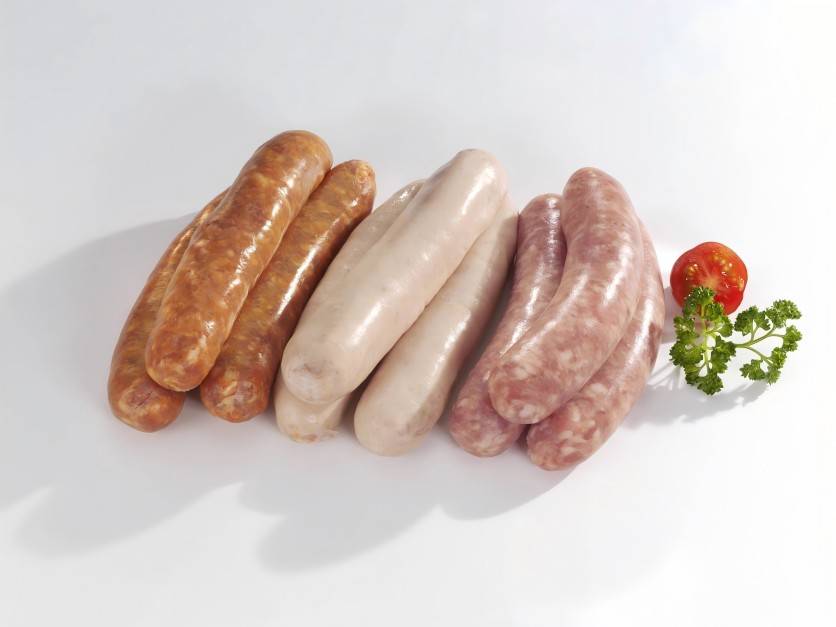
(2) Application in protein foods
Sun et al. [31] added D-allulose, a rare hexose with no calories, to the ingredients of crème brûlée as a substitute for sucrose to develop a new functional dessert. It was found that crème brûlée with D-allulose added had high antioxidant activity and could be used as a functional dessert that effectively prevents oxidative stress. D-allulose can also be added as a food additive to aerated foods such as cookies and other aerated foods. Research has shown that it can improve the foaming properties of egg white protein and improve the quality of butter cookies [32].
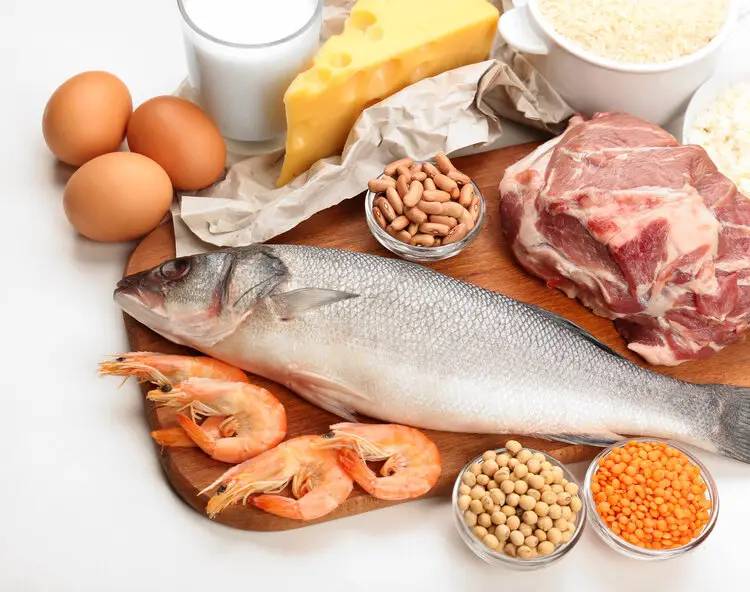
3.2.2 Medical field
It is well known that reactive oxygen species can cause various diseases, such as aging, cancer, cardiovascular disease and diabetes. Studies have shown that the addition of D-allulose to foods not only improves the gelation behavior of the food, but also produces good flavor and high antioxidant substances, i.e., Maillard reaction products (MRPs). MRPs generally exhibit strong free radical scavenging activity and reducing power, and can be used as functional ingredients with excellent chemical and biological properties in formulated foods for people with special nutritional needs.
4 Summary
D-Allulose, as an important rare sugar, has already been fully utilized abroad. A large number of animal and human tests have shown that D-allulose is almost not metabolized after passing through the intestines, provides no energy, and can effectively lower postprandial blood glucose, control body weight, and reduce fat accumulation. This proves that D-allulose has broad application prospects in the future as an excellent functional sweetener.
Reference:
[1]Eble T E ,Hoeksema H ,Boyack G A ,et al. Psicofuranine. I. Discovery ,isolation ,and properties [J] . Antibiotics & Chemotherapy:Northfield ,Ill ,1959 ,9(7):419-420.
[2] Wen Yuwei. D-Allulose 3-epimerase heterologous expression and fermentation optimization [D]. Wuxi: Jiangnan University, 2016.
[3] Fukada K ,Ishii T ,Tanaka K ,et al. Crystal structure, solubility ,and mutarotation of the rare monosaccharide D-psicose [J] . Bulletin of the Chemical Society of Japan, 2010 ,83(10):1193-1197.
[4] Binkley WW. The fate of cane juice simple sugars during molassess formation. IV. Probable conversion of D-fructose to D-psicose[J]. International Sugar Journal ,1963 ,65 :105- 106.
[5]Iida T ,Hayashi N ,Yamada T ,et al. Failure of d-psicose absorbed in the small intestine to metabolize into energy and its low large intestinal fermentability in humans [J]. Metabolism,
2010 ,59(2):206-214.
[6]Miller B S ,Swain T. Chromatographic analyses of the free amino-acids ,organic acids and sugars in wheat plant extracts [J]. Journal of the Science of Food and Agriculture ,1960 ,11(6):344-348.
[7]Andreana P R ,McLellan J S ,Chen Y C ,et al. Synthesis of 2 ,6-dideoxysugars via ring-closing olefinic metathesis [J]. Organic Letters ,2002,4(22):3875-3878.
[8]Northrup A B ,MacMillan D W C. Two-step synthesis of carbohydrates by selective aldol reactions [J]. Science ,2004, 305(5691):1752-1755.
[9]Doner L W. Isomerization of d-fructose by base :Liquid- chromatographic evaluation and the isolation of d-psicose [J]. Carbohydrate Research ,1979 ,70(2):209-216.
[10] Fang Zhijie, Li Song, Cheng Jie, et al. A method for synthesizing rare hexone and heptone sugars starting from sugar acid lactones: CN101817851A[P]. 2010-09-01.
[11] Wang Chengfu, Fang Chunlei, Du Ruifeng, et al. A method for preparing alloketo sugars and its application: CN104447888A[P]. 2015-03-25.
[12] Zhu Ji. Synthesis and research of alloketo sugars and derivatives [D]. Dalian: Dalian University of Technology, 2015.
[1 3] Ran G Q ,Tan D ,Zhao J P ,et al. Functional i zed polyhydroxyalkanoate nano-beads as a stable biocatalyst for cost-effective production of the rare sugar d-allulose [J]. Bioresource Technology ,2019 ,289 :121673.
[14] Yang J G ,Tian C Y ,Zhang T ,et al. Development of food-grade expression system for d-allulose 3-epimerase preparation with tandem isoenzyme genes in Corynebacterium glutamicum and its application in conversion of cane molasses
to D-allulose [J]. Biotechnology and Bioengineering ,2019, 116(4):745-756.
[15]Kim H J ,Yeom S J ,Kim K ,et al. Mutational analysis of the active site residues of a d-psicose 3-epimerase from Agrobacterium tumefaciens [J]. Biotechnology Letters ,2010, 32(2):261-268.
[16] Choi J G ,Ju Y H ,Yeom S J ,et al. Improvement in the thermostability of D-psi co se 3 -epim erase from Agrobacterium tumefaciens by random and site-directed mutagenesis [J]. Applied and Environmental Microbiology, 2011 ,77(20):7316-7320.
[17] Park C S ,Park C S ,Shin K C ,et al. Production of d-psicose from d-fructose by whole recombinant cells with high-level expression of d-psicose 3-epimerase from Agrobacterium tumefaciens [J] . Journal of Bioscience and Bioengineering ,2016 ,121(2):186-190.
[18]Kim N H ,Kim H J ,Kang D I ,et al. Conversion shift of d-fructose to d -psicose for enzyme-catalyzed epimerization by addition of borate [J] . Applied and Environmental Microbiology ,2008 ,74(10):3008-3013.
[19] Zhang Longtao, Mu Wanmeng, Jiang Bo, et al. Screening of clostridia for biotransformation to D-allulose [J]. Food and Fermentation Industry, 2008, 34(9): 40-43.
[20] Jia Min. Protein engineering and food-grade expression of D-allulose 3-epimerase from Clostridium bolteae [D]. Wuxi: Jiangnan University.
[21] Bai Wei. Production of D-allose by using D-fructose as raw material and a novel isomerase [J]. Chinese Journal of Bioengineering, 2012, 28(4): 457-465.
[22]Iida T ,Hayashi N ,Yamada T ,et al. Failure of d-psicose absorbed in the small intestine to metabolize into energy and its low large intestinal fermentability in humans [J]. Metabolism, 2010 ,59(2):206-214.
[23]Murata A ,Sekiya K,Watanabe Y ,et al. A novel inhibitory effect of d-allose on production of reactive oxygen species from neutrophils [J]. Journal of Bioscience and Bioengineering, 2003 ,96(1):89-91.
[24]Takata M K,Yamaguchi F,Nakanose K,et al. Neuroprotective effect of D-Psicose on 6-hydroxydopamine-induced apoptosis in rat pheochromocytoma (PC12)cells [J] . Journal of Bioscience and Bioengineering,2005 ,100(5):511-516.
[25]Matsuo T ,Izumori K. Effects of dietary D-psicose on diurnal variation in plasma glucose and insulin concentrations of rats [J]. Bioscience ,Biotechnology ,and Biochemistry ,2006, 70(9):2081-2085.
[26] Hayashi N ,Iida T ,Yamada T ,et al. Study on the postprandial blood glucose suppression effect of d-psicosein borderline diabetes and the safety of long-term ingestion by normal human subjects [J]. Bioscience ,Biotechnology ,and Biochemistry ,2010 ,74(3):510-519.
[27]Ochiai M ,Onishi K,Yamada T ,et al. D-Psicose increases energy expenditure and decreases body fat accumulation in rats fed a high-sucrose diet [J]. International Journal of Food Sciences and Nutrition ,2014 ,65(2):245-250.
[28] Matsuo T ,Ba ba Y ,Hashiguchi M ,et al. Dietary D-psicose ,a C-3 epimer of D-fructose ,suppresses the activity of hepatic lipogenic enzymes in rats [J]. Asia Pacific Journal of Clinical Nutrition ,2001 ,10(3):233-237.
[29]Ilhan E ,Pocan P ,Ogawa M ,et al. Role of‘D-allulose ’ in a starch based composite gel matrix [J] . Carbohydrate Polymers ,2020 ,228 :115373.
[30]Ikeda S ,Furuta C ,Fujita Y ,et al. Effects of D-psicose on gelatinization and retrogradation of rice flour [J]. Starch - Stärke ,2014 ,66(9-10):773-779.
[31] Sun Y X ,Hayakawa S ,Ogawa M ,et al. Antioxidant properties of custard pudding dessert containing rare hexose, d-psicose [J]. Food Control ,2007 ,18(3):220-227.
[32] Sun Y X,Hayakawa S ,Ogawa M ,et al. Influenceof a rare sugar ,d-psicose ,on the physicochemical and functional properties of an aerated food system containing egg albumen [J]. Journal of Agricultural and Food Chemistry ,2008 ,56 (12):4789-4796.


 English
English French
French Spanish
Spanish Russian
Russian Korean
Korean Japanese
Japanese